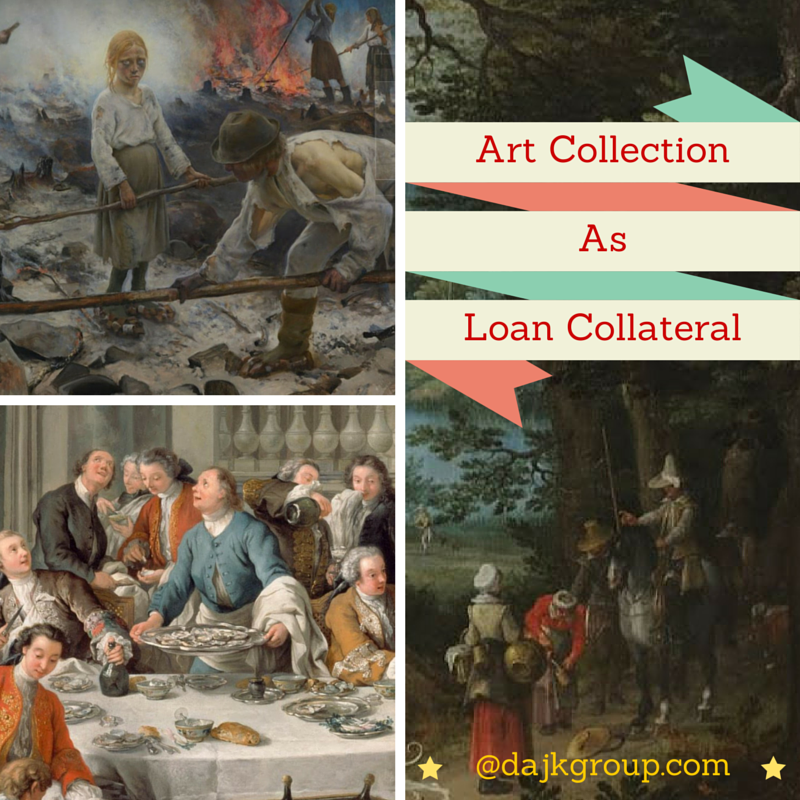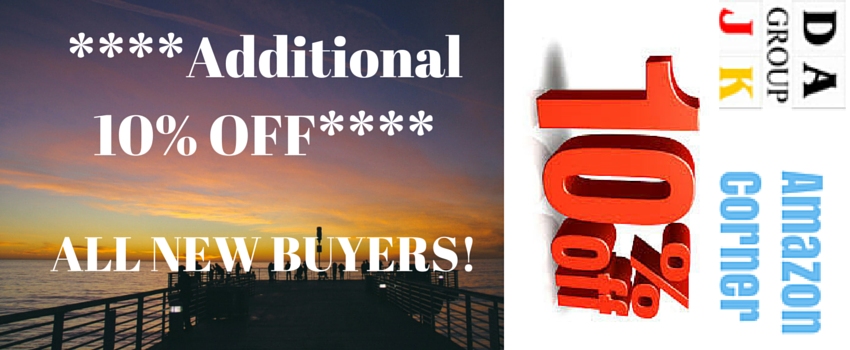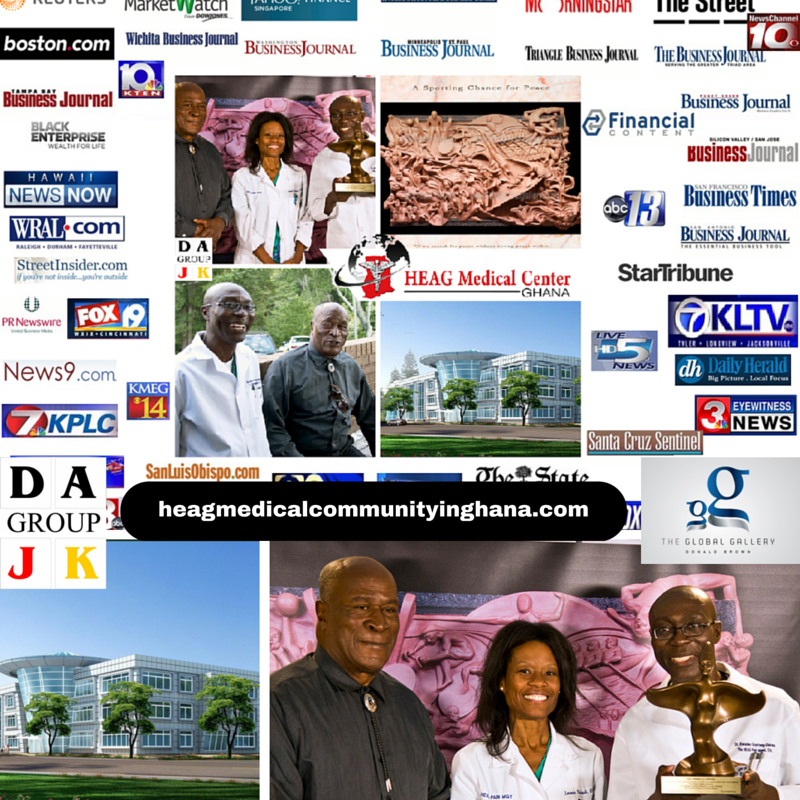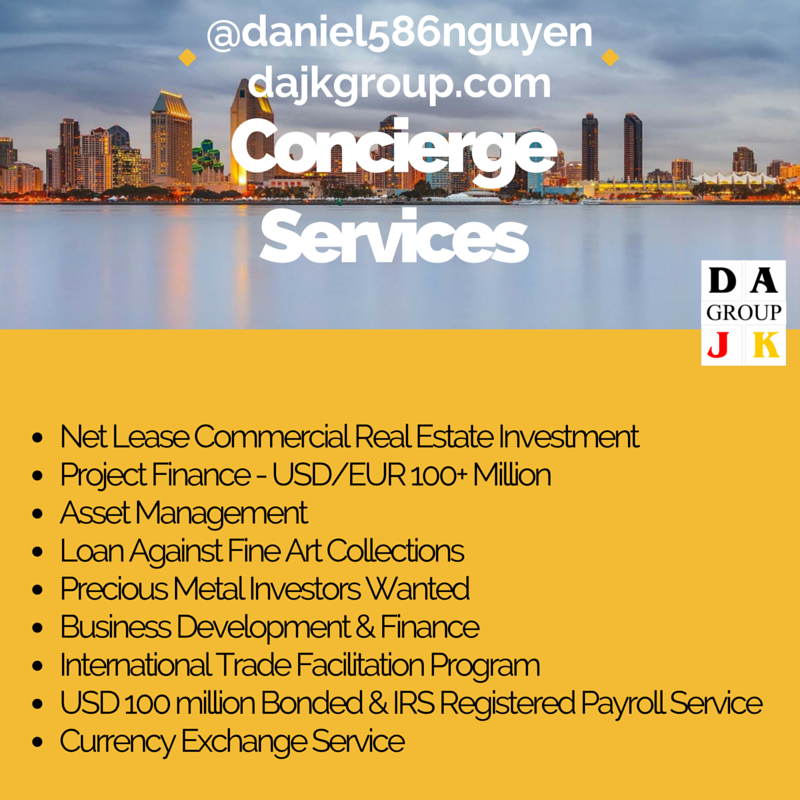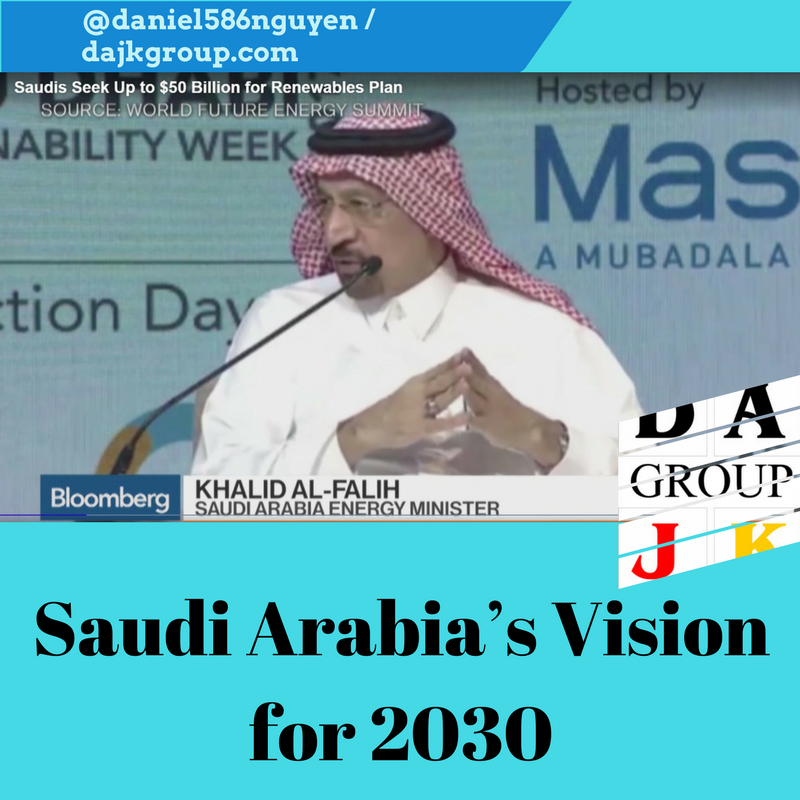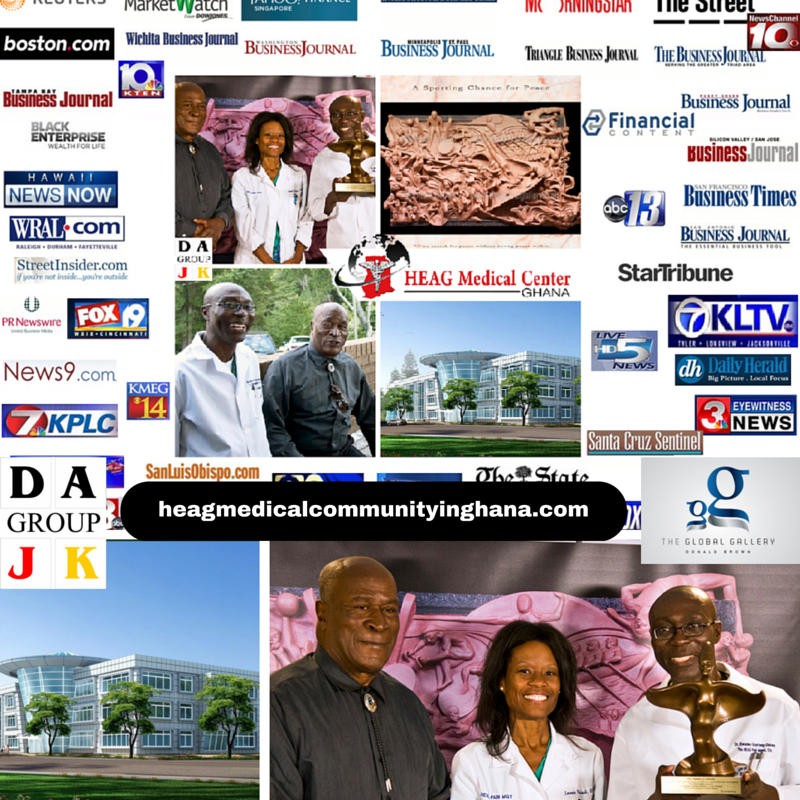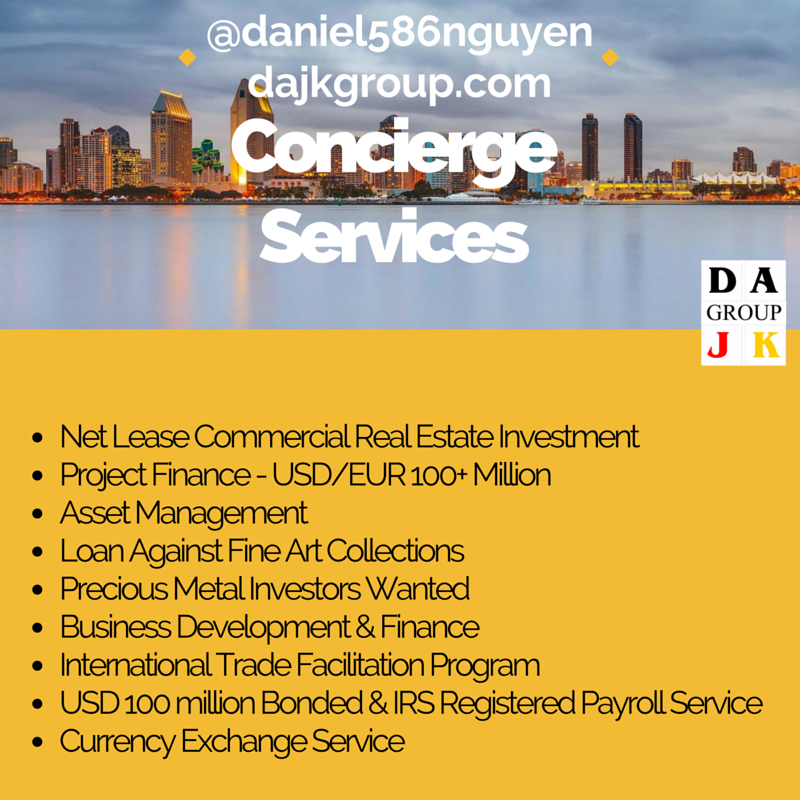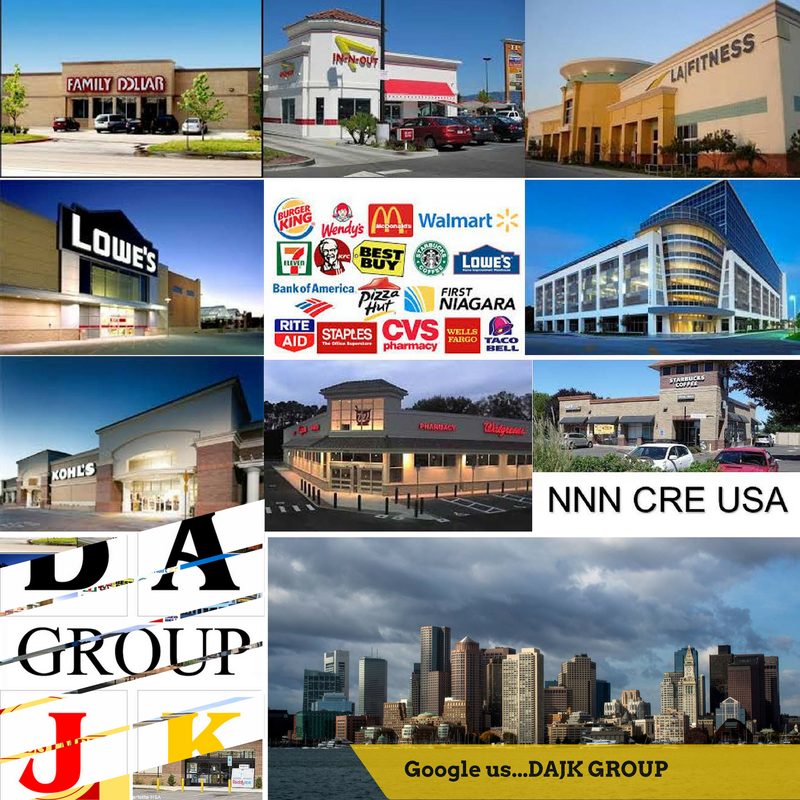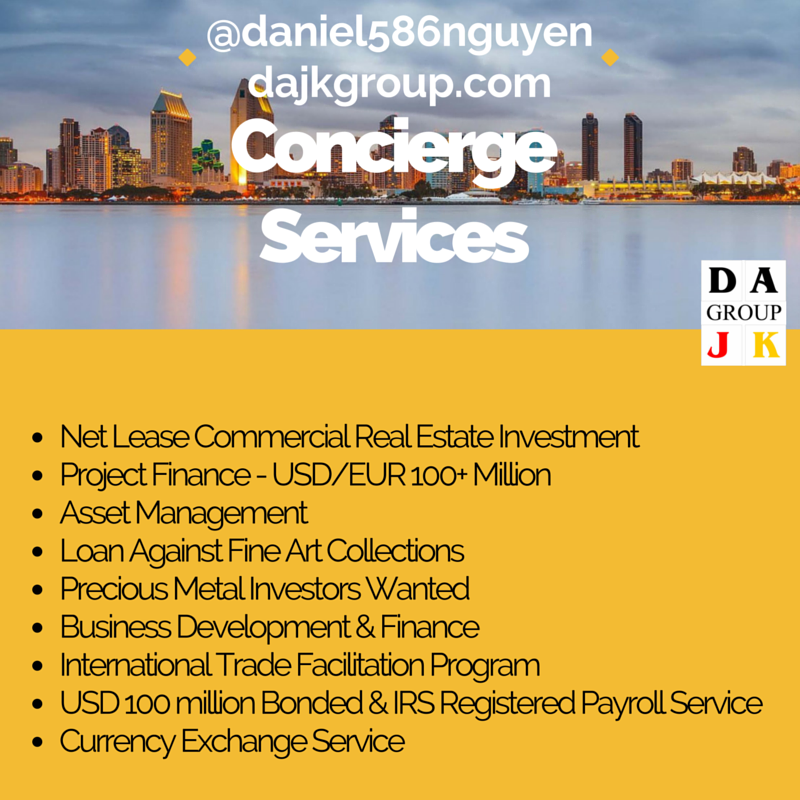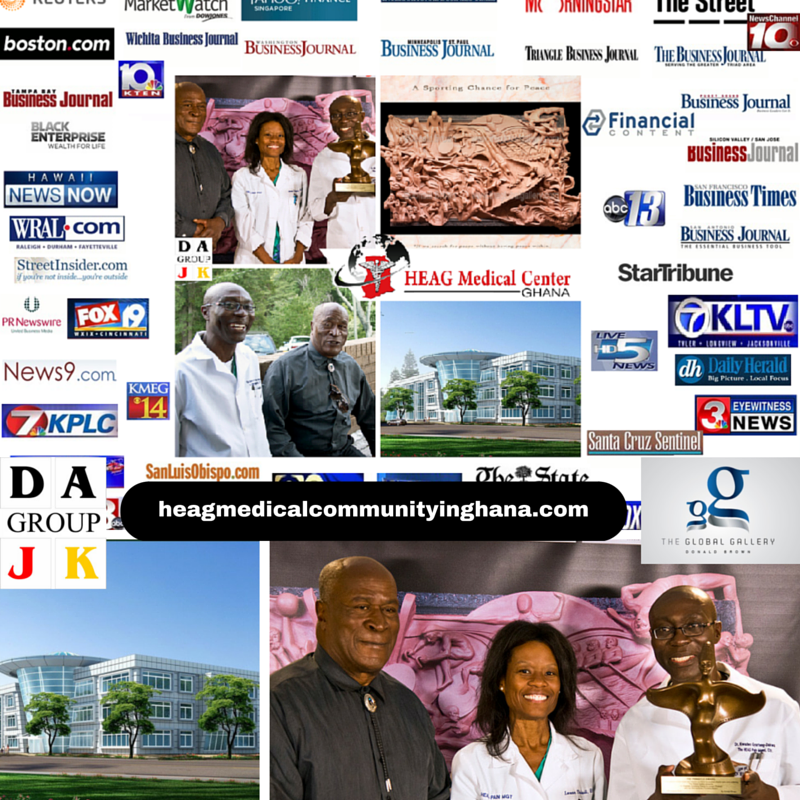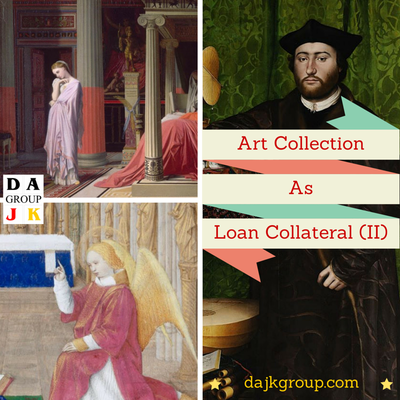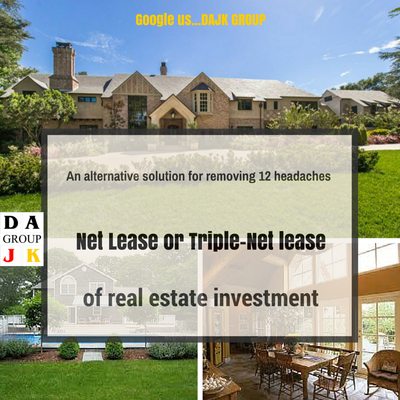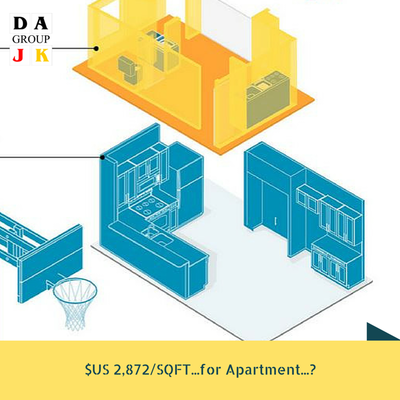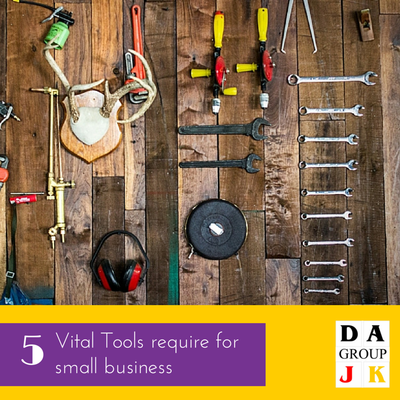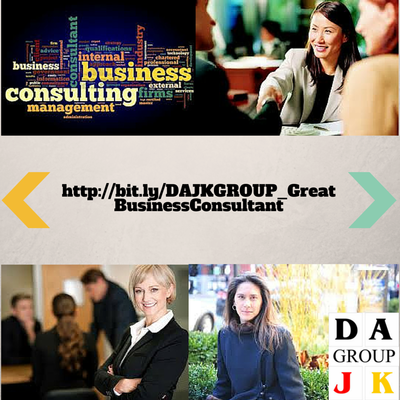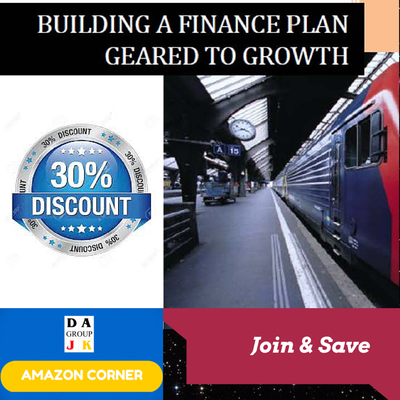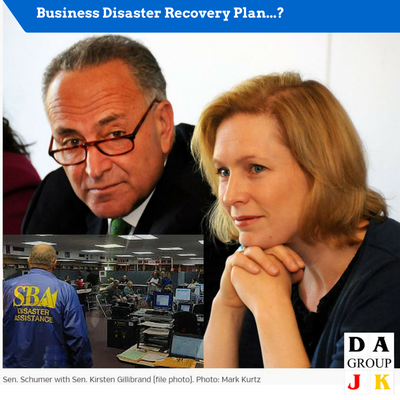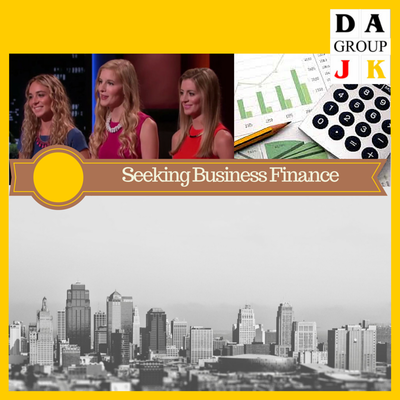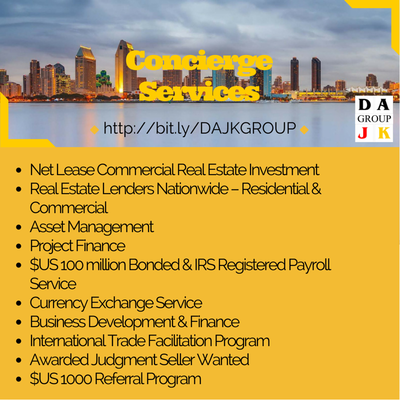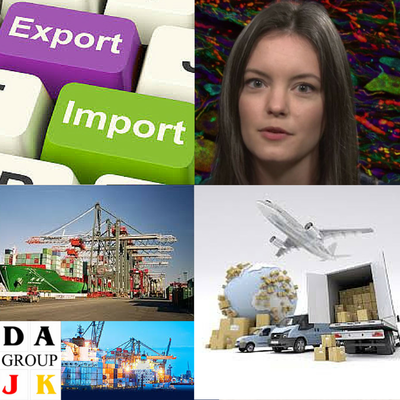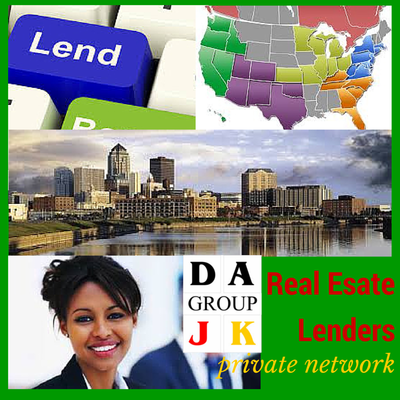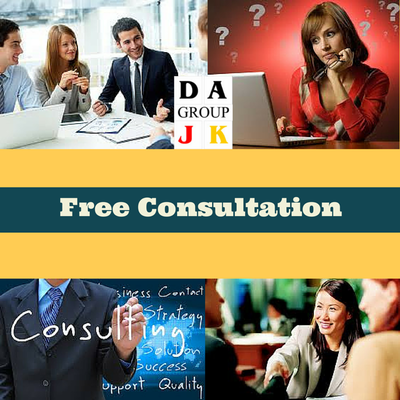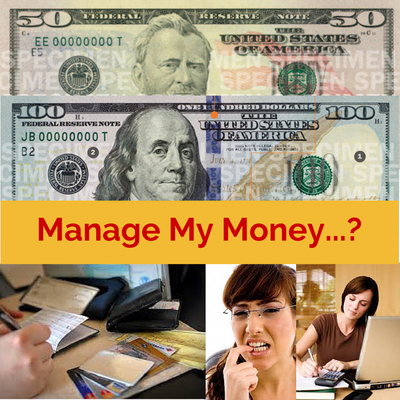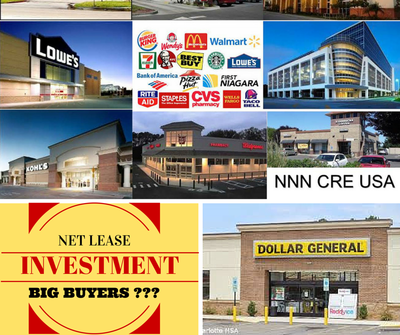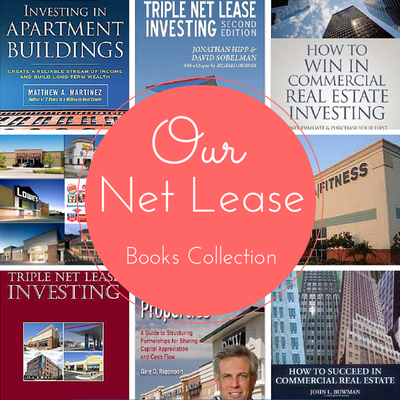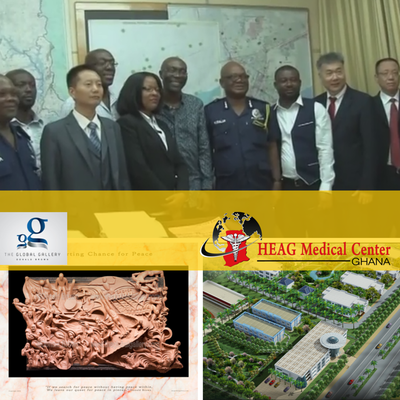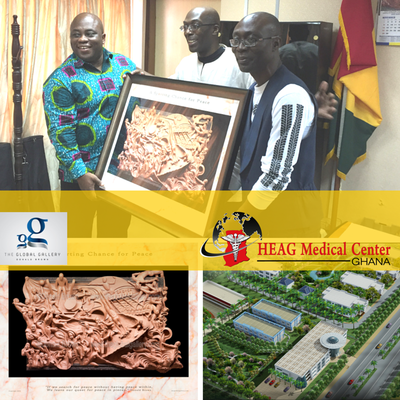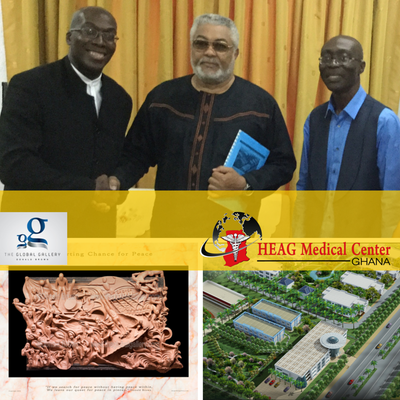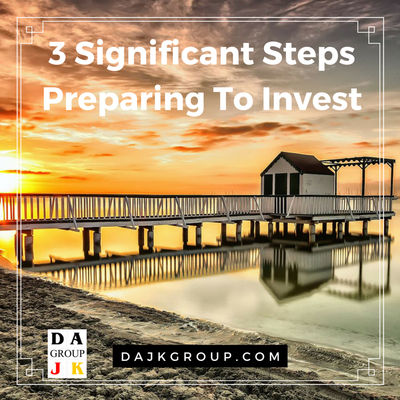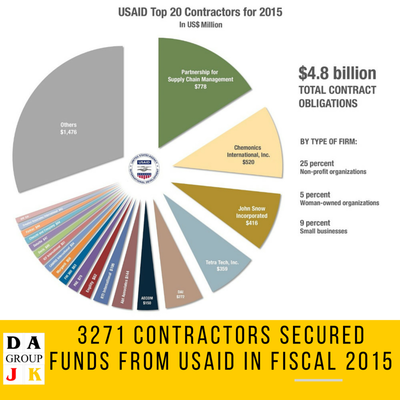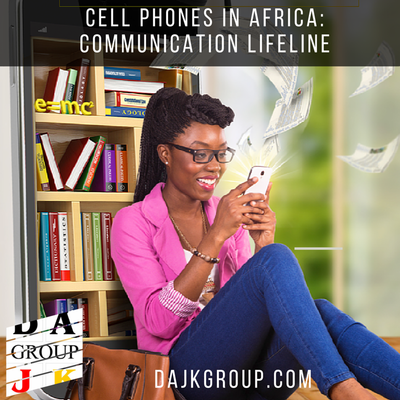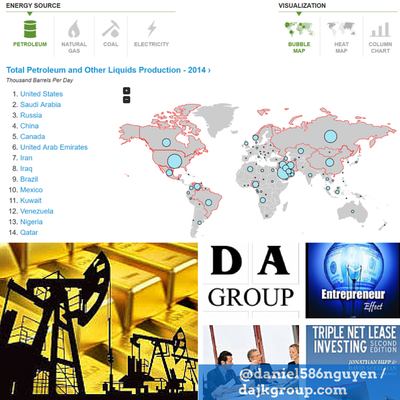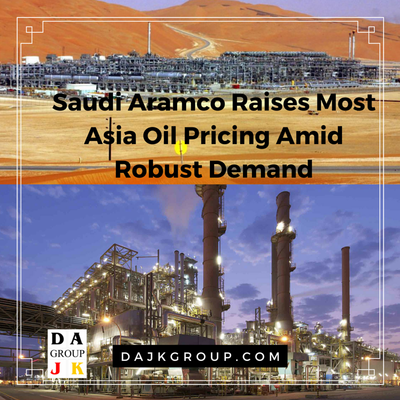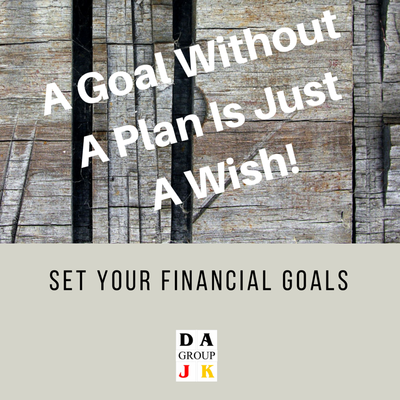Unlocking the Value of Your Art Collection Art collectors have high value inaccessible in their art collections. If they need to access of this value, they do not have to sell their art to create liquidity – Borrow. They can borrow funds and retain possession for their art. There are big advantages to borrowing – avoiding selling cost, capital gain and taxes. It could be up to 65+ percent. These combination can make it VERY expensive to sell. What is the alternative to access its liquidity? Borrow. For example: A collector sells his art for $US 10 million. Assuming selling costs of 20 percent (20 percent of $US 10 million = $2 million) and an original cost of $US 1,000,000 for the art.
By selling during his lifetime, the collector pays 2 levels of tax: capital gains and estate. By borrowing to create liquidity, the collector can keep the art during his lifetime and have his estate benefit from a step-up in tax basis. This enables collectors to pay just one level (estate tax) rather than two. In this example, the collector could borrow as much as $US 5 million (up to half the art’s value) and keep his art. Art collector would be responsible for debt service on the loan, but he would also benefit from any appreciation on his art. What art collectors do with the proceeds? These are few:
CONTACT US… Collectors interested in arranging financing should contact us for free consultation. We will assist to identify the borrowing need, determine what type of financing makes the most sense, and facilitate the appropriate lender. Please note minimum appraisal report is at USD 5 million.
0 Comments
Saudi Arabia’s Vision for 2030Our country is rich in its natural resources. We are not dependent solely on oil for our energy needs. Gold, phosphate, uranium, and many other valuable minerals are found beneath our lands. But our real wealth lies in the ambition of our people and the potential of our younger generation. They are our nation’s pride and the architects of our future. We will never forget how, under tougher circumstances than today, our nation was forged by collective determination when the late King Abdulaziz Al-Saud – may Allah bless his soul – united the Kingdom. Our people will amaze the world again. We are confident about the Kingdom’s future. With all the blessings Allah has bestowed on our nation, we cannot help but be optimistic about the decades ahead. We ponder what lies over the horizon rather than worrying about what could be lost. The future of the Kingdom, my dear brothers and sisters, is one of huge promise and great potential, God willing. Our precious country deserves the best. Therefore, we will expand and further develop our talents and capacity. We will do our utmost to ensure that Muslims from around the world can visit the Holy Sites. We are determined to reinforce and diversify the capabilities of our economy, turning our key strengths into enabling tools for a fully diversified future. As such, we will transform Aramco from an oil producing company into a global industrial conglomerate. We will transform the Public Investment Fund into the world’s largest sovereign wealth fund. We will encourage our major corporations to expand across borders and take their rightful place in global markets. As we continue to give our army the best possible machinery and equipment, we plan to manufacture half of our military needs within the Kingdom to create more job opportunities for citizens and keep more resources in our country. We will expand the variety of digital services to reduce delays and cut tedious bureaucracy. We will immediately adopt wide-ranging transparency and accountability reforms and, through the body set up to measure the performance of government agencies, hold them accountable for any shortcomings. We will be transparent and open about our failures as well as our successes, and will welcome ideas on how to improve. All this comes from the directive of the Custodian of the Two Holy Mosques, King Salman bin Abdulaziz Al-Saud, may Allah protect him, who ordered us to plan for a future that fulfills your ambitions and your aspirations. In line with his instructions, we will work tirelessly from today to build a better tomorrow for you, your children, and your children’s children. Our ambition is for the long term. It goes beyond replenishing sources of income that have weakened or preserving what we have already achieved. We are determined to build a thriving country in which all citizens can fulfill their dreams, hopes and ambitions. Therefore, we will not rest until our nation is a leader in providing opportunities for all through education and training, and high quality services such as employment initiatives, health, housing, and entertainment. We commit ourselves to providing world-class government services which effectively and efficiently meet the needs of our citizens. Together we will continue building a better country, fulfilling our dream of prosperity and unlocking the talent, potential, and dedication of our young men and women. We will not allow our country ever to be at the mercy of a commodity price volatility or external markets. We have all the means to achieve our dreams and ambitions. There are no excuses for us to stand still or move backwards. Our Vision is a strong, thriving, and stable Saudi Arabia that provides opportunity for all. Our Vision is a tolerant country with Islam as its constitution and moderation as its method. We will welcome qualified individuals from all over the world and will respect those who have come to join our journey and our success. We intend to provide better opportunities for partnerships with the private sector through the three pillars: our position as the heart of the Arab and Islamic worlds, our leading investment capabilities, and our strategic geographical position. We will improve the business environment, so that our economy grows and flourishes, driving healthier employment opportunities for citizens and long-term prosperity for all. This promise is built on cooperation and on mutual responsibility. This is our “Saudi Arabia’s Vision for 2030.” We will begin immediately delivering the overarching plans and programs we have set out. Together, with the help of Allah, we can strengthen the Kingdom of Saudi Arabia’s position as a great nation in which we should all feel an immense pride. Mohammad bin Salman bin Abdulaziz Al-Saud Chairman of the Council of Economic and Development Affairs Source: Vision 2030 Saudis Seek Up to $50 Billion in Renewable-Energy Expansion
|
Partnership with HMCG |
Investment Opportunity |
This means that you can put a 25% down payment on a one-million dollar net lease commercial real estate property, and enjoy all of its monthly fixed income. Discover more of net lease commercial real estate, NNN-CRE, please visit our net lease commercial real estate
Our recommended 5-year blueprint for you to build durable wealth. Below is how you can turn your $100,000 into $300,000 in five years, and create passive monthly income along the way. Please note if you do not have $100,000, you need to find a partner or investor who would joint venture with you. Other hand, if you already have $300,000, you can skip to the paragraphs after step #5.
If you decide and desire, you can even turn your $100,000 into a cash-flowing million-dollar net lease commercial real estate in just five years:
1. Invest $100,000 by making five 20% down payments on five $100,000 turnkey cash-flowing single family properties. If you don’t know where or how, sign-up for our free 30-minute confidential consultant (link: https://www.dajkgroup.com/consultant--concierge-services.html). Do your due diligence.
2. Real estate has a historic appreciation rate of 6%. Compounded, each of your $100,000 properties is worth $134,000 within five years. That is $34,000 of appreciation in each of your five properties.
Important Notes:
Equity is the difference between what a property is worth and how much is owed on that property’s loan. Equity can also be thought of as your “skin in the game.”
Cash flow is your monthly rent income minus mortgage, property taxes, property insurance, maintenance, professional management, and a factor for vacancy. It is your passive income.
3. So now for each property, you have $20,000 of original equity as the down payment, plus the $34,000 in equity from appreciation. That is approximate $54,000 in equity each property.
4. In fact, your tenant is also paying down your loan for you every month for five years. At today’s interest rates, that another $6,000 to add to your $54,000. That’s a grand total of $60,000 of equity for each property over five years!
5. That $300,000 of total equity over your five rental properties, it is just five years after you began with $100,000.
1. Invest $100,000 by making five 20% down payments on five $100,000 turnkey cash-flowing single family properties. If you don’t know where or how, sign-up for our free 30-minute confidential consultant (link: https://www.dajkgroup.com/consultant--concierge-services.html). Do your due diligence.
2. Real estate has a historic appreciation rate of 6%. Compounded, each of your $100,000 properties is worth $134,000 within five years. That is $34,000 of appreciation in each of your five properties.
Important Notes:
Equity is the difference between what a property is worth and how much is owed on that property’s loan. Equity can also be thought of as your “skin in the game.”
Cash flow is your monthly rent income minus mortgage, property taxes, property insurance, maintenance, professional management, and a factor for vacancy. It is your passive income.
3. So now for each property, you have $20,000 of original equity as the down payment, plus the $34,000 in equity from appreciation. That is approximate $54,000 in equity each property.
4. In fact, your tenant is also paying down your loan for you every month for five years. At today’s interest rates, that another $6,000 to add to your $54,000. That’s a grand total of $60,000 of equity for each property over five years!
5. That $300,000 of total equity over your five rental properties, it is just five years after you began with $100,000.
It’s the magic of financial leverage coupling with a compound interest at work. You achieved the rate of appreciation on both your down payment and the money that you borrowed from the bank.
Compound interest is slow, lame; and it doesn’t create wealth on its own. Wealth is created when compound interest is leveraged this way.
After five years’ time, you can keep holding your five properties, exchange via 1031 (tax deferred strategy) or sell them and cash in.
For example, you decide to sell your five properties. You won’t get $300,000 in equity cashed out. When you pay agent commissions and property make-ready costs, it might get whittled to $250,000.
With your $250,000, you typically do not have to pay any tax (yes, zero tax) on your capital gain if you use it as a down payment for another property (follow the generous tax-deferred exchange rules).
This means that you can put a 25% down payment on a one-million dollar net lease commercial real estate property, and enjoy all of its monthly fixed income. Discover more of net lease commercial real estate, NNN-CRE, please visit our net lease commercial real estate (https://www.dajkgroup.com/net-lease-investment.html )
Yes, now you’ve created financial leverage on an even larger property and continue to amplify your wealth in the same way!
Intrigued? This experience also means you understand some risks and limits. The above example is surely simplified.
Compound interest is slow, lame; and it doesn’t create wealth on its own. Wealth is created when compound interest is leveraged this way.
After five years’ time, you can keep holding your five properties, exchange via 1031 (tax deferred strategy) or sell them and cash in.
For example, you decide to sell your five properties. You won’t get $300,000 in equity cashed out. When you pay agent commissions and property make-ready costs, it might get whittled to $250,000.
With your $250,000, you typically do not have to pay any tax (yes, zero tax) on your capital gain if you use it as a down payment for another property (follow the generous tax-deferred exchange rules).
This means that you can put a 25% down payment on a one-million dollar net lease commercial real estate property, and enjoy all of its monthly fixed income. Discover more of net lease commercial real estate, NNN-CRE, please visit our net lease commercial real estate (https://www.dajkgroup.com/net-lease-investment.html )
Yes, now you’ve created financial leverage on an even larger property and continue to amplify your wealth in the same way!
Intrigued? This experience also means you understand some risks and limits. The above example is surely simplified.
What’s are some risks and limits?
Please note real estate pays you five ways at the same time. In growing $100,000 to $300,000 in five years, we’ve only discussed two of just five ways you’re paid with residential, cash-flowing real estate!
Those two are appreciation and mortgage pay-down made by tenants. There’s also cash flow, tax benefits, and inflation-hedging.
Please note a structuring with a lease option investment property, tenant/future owner manages the property for you. Your time is worth too much to replace flooring, fix faucets, or collect rents yourself. Be an investor!
This is about smartly investing your money over time to leverage other people’s money to build durable, lasting wealth for you and your future.
I encourage you taking action. Please sign-up for our free 30-minute confidential consultant.
Strategically and Smartly leverage your way to financial freedom.
- Well, we didn’t include any mortgage loan closing costs when you bought the five $100,000 properties. Often, you can ask the seller to pay some of these for you in exchange for your full-price offer.
- The 6% appreciation rate could be lower (or higher). Let’s say it is lower. Let’s say that the properties even lost value. In this case, you’re not sunk as long as your property stays rented and cash-flowing. That’s why we strategically and carefully pick markets and cities that hedge against downturns (stable-price, job growth markets).
- Some things surely will go wrong. You’ll have bumps over the five years. The month you have to replace a garage door or section of fence won’t feel so great. Think long-term. Alternative, you need to learn how to structure a lease option so that the tenant/future owner will take of the property.
- This whole thing still might not work out. There are simply no guarantees in investing.
Please note real estate pays you five ways at the same time. In growing $100,000 to $300,000 in five years, we’ve only discussed two of just five ways you’re paid with residential, cash-flowing real estate!
Those two are appreciation and mortgage pay-down made by tenants. There’s also cash flow, tax benefits, and inflation-hedging.
Please note a structuring with a lease option investment property, tenant/future owner manages the property for you. Your time is worth too much to replace flooring, fix faucets, or collect rents yourself. Be an investor!
This is about smartly investing your money over time to leverage other people’s money to build durable, lasting wealth for you and your future.
I encourage you taking action. Please sign-up for our free 30-minute confidential consultant.
Strategically and Smartly leverage your way to financial freedom.
Author
DAJK GROUP is the place where investors, business owners and entrepreneurs can research and find useful information, insight, resources, advice, guidance and inspiration for acquiring funds for their project, acquisition for their net lease commercial real estate, increasing their assets and running their profitable business.
Archives
July 2023
June 2023
May 2023
August 2019
March 2019
December 2018
October 2018
September 2018
August 2018
July 2018
June 2018
May 2018
April 2018
March 2018
January 2018
December 2017
November 2017
October 2017
September 2017
July 2017
June 2017
May 2017
April 2017
March 2017
January 2017
December 2016
November 2016
October 2016
September 2016
August 2016
July 2016
June 2016
May 2016
April 2016
February 2016
January 2016
December 2015
October 2015
September 2015
August 2015
July 2015
June 2015

